February 23, 2017
How to Rise above the Noise with Visual Storytelling
Since we’re talking about the power of visual storytelling, I figured it only makes sense to use a familiar visual format – the narrative photo strip – to vividly underscore the importance of solving the “noise” problem.
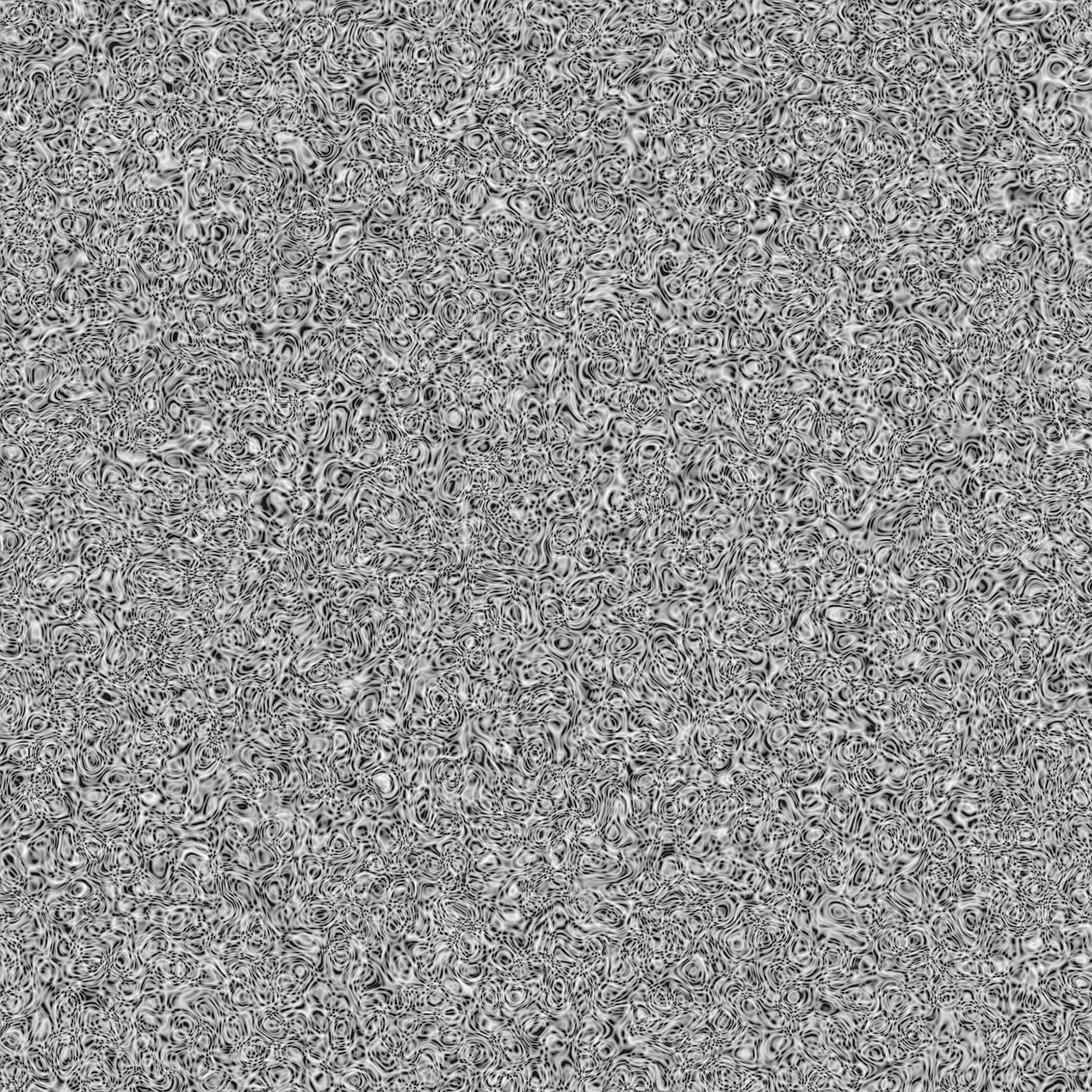
How do you define “advertising noise?“
It’s like the classic noise picture above, where every pixel is an ad that is transmitted at the same time with an average same velocity, content, and size. The result is zero salience that spurned a projected 24% increase in US ad blocking usage in 2017 (eMarketer) – a continued trend of double-digit YoY growth.

How was the noise created?
Ads are just a subset of the larger marketing noise that results in two opposing forces that mired the communication landscape today: 1) Increasing information overload and 2) audiences’ decreasing attention spans.

Too much information
5 exabytes (that’s 18 zeroes!) of online content are created each day (ACI). This content onslaught is driven by 3 drivers: 1) Global Internet adoption – almost 3 billion Internet users. 2) The emergence of social media and 3) The adoption of smart mobile devices for on-the-go production and consumption.

But, less attention
A marked and well-documented decrease in user attention span: The average human attention span is down to 8 seconds (Microsoft). That means the more ads people see, the more they actually ignore them (aka “ads blindness”).

This noise results in
More businesses at any stage are struggling to get their voices heard and break through the clutter in our overcrowded and fragmented attention economy.

How big is the noise gap?
Only 30 years ago, Americans saw only 2000 marketing messages a day. Today the number climbed to 5000 (Yankelovich)!

What are the implications for businesses?
Into this crowded, and short-attention span marketplace, 50% of small businesses fail in the first four years (Source: Bureau of Labor Statistics).

But why businesses fail?
The top reasons according to CBInsights: No Market Need (42%), Get Outcompeted (19%), Lack of Business Model (17%), Poor Marketing (14%) – all reasons that unequivocally indicate that most startups don’t know how to articulate, validate and distribute a coherent business story.
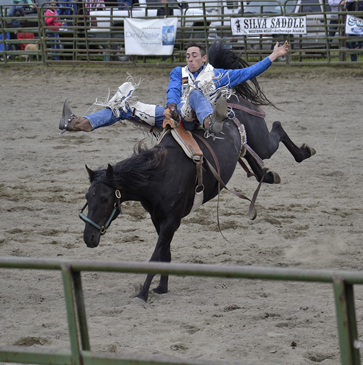
Making CMOs’ job harder than ever
4.1 years! CMOs have the lowest c-suite average tenure (Korn Ferry), as externally they need to navigate this noise, drive sales short-term, while building brand long-term. And internally they need to tame fragmented data coming from multiple channels, prove ROI while training the staff and instilling management/culture change.

Enter Visual Storytelling
Leveraging our rich corporate marketing experience with our passion for visual and narrative media, we formed the Visual Storytelling Institute. VSI offers a unique visual literacy platform that helps business leaders combine the power of storytelling with the effectiveness of visual media – in order to create profitable customer engagements.

Why visual?
We recognize that our brain is natively wired to process visuals.“Visuals are processed 60,000 times faster than text by the human brain and 90% of information transmitted to the brain is visual” (3M).

Why storytelling?
The human brain has a preference for information packaged as stories. In fact, “92% of consumers want brands to make their ads feel like stories.” (OneSpot)
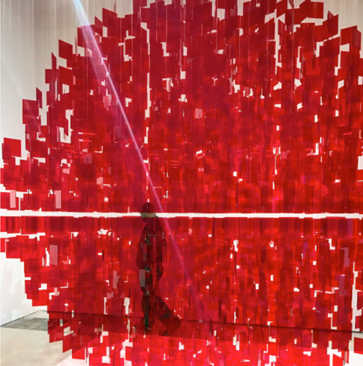
So what is visual storytelling?
“Visual Storytelling is a marketing strategy that involves 3 conditions: 1) communicating ideas through the 3-act story arc 2) placing your customer at the heart of the story and 3) delivering your story through immersive visual media – in order to create profitable customer engagements.” -Shlomi Ron (artwork: Julio Le Parc)

How VS can help marketers rise above the noise?
After closely researching the space, we have developed a 9-step My Visual Story framework that helps business leaders articulate, visualize and distribute their business stories with meaningful, relatable and emotional narratives.
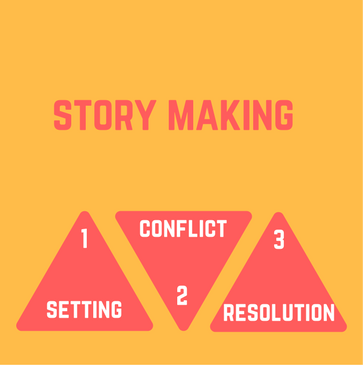
Phase 1: Story Making
We identify the business story based on: a) Setting: backstory and purpose, top buyer personas and goals; b) Conflict: buyers’ core challenges, emotional and meaning maps; and c) Resolution: Solution features, brand experience and advocacy mechanisms.
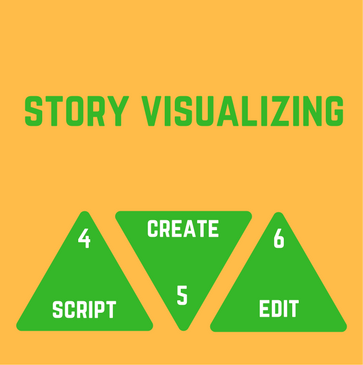
Phase 2: Story Visualizing
We transform the identified business story into a compelling video and other visual formats, following: a) Script: Leveraging resulting Business Narrative Statement, identify supporting stories, and script writing; b) Create Assets: Shoot a video explainer around target product; and c) Edit: Video editing and mastering.
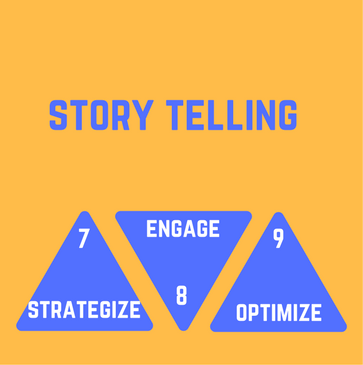
Phase 3: Story Telling
We train marketers how to distribute their visual stories across online and offline channels, following: a) Strategize: Setting marketing goals, audience, and content strategy;
b) Engage: Reviewing proactive, reactive engagement tactics and influencer relationship management; and c) Story Analytics: Measuring visual stories’ performance and optimization.

What’s the big message?
As you’ve seen it’s a noisy market out there. At the end of the day, nobody cares about your product! But they’ll love your BIG STORY solving your customer problem. Having a good product is a given, it’s up to you to identify your BIG STORY and become a salient STORY MAKER that in turn will transform your audience into revved-up STORY TELLERS on your behalf.
Need help optimizing your BIG STORY to rise above the noise?
Hey, we’re just a call away: Schedule a conversation
Source: Visual Storytelling

0 Comments
Leave A Comment